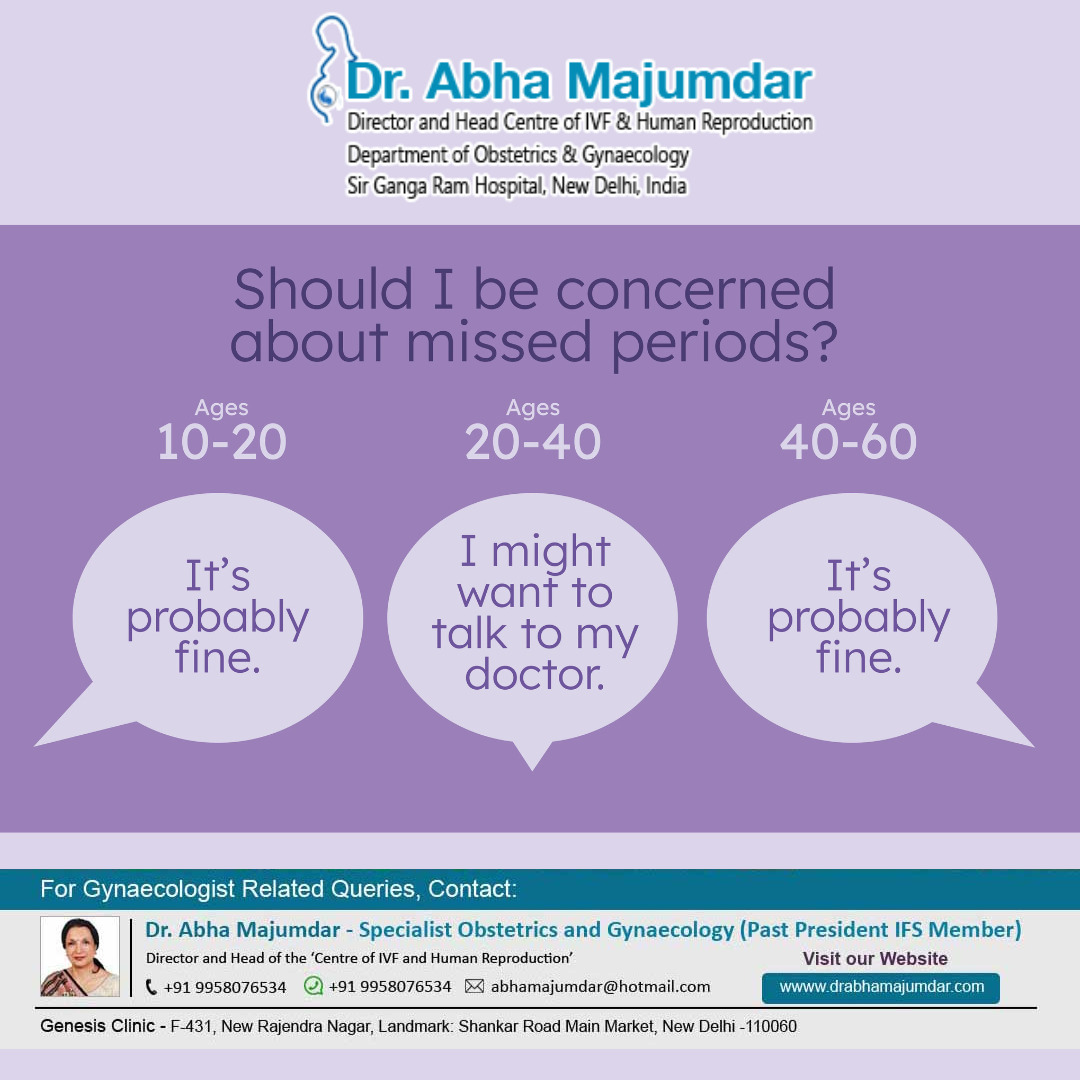 For General Awareness:
For General Awareness:
“Amenorrhea is when a woman or girl doesn’t get her period. It can happen because of natural reasons like pregnancy or menopause, but sometimes it’s due to hormonal imbalances, stress, excessive exercise, or severe weight changes. It’s important to find out the cause, as it can affect overall health.”
For Medical or Scientific Discussions:
“If you were regularly menstruating and have missed your period for 3 months or more we call it secondary amenorrhea and if a girl has never started menstruating by age 15 it is a condition called primary amenorrhea. It’s not always serious, but it’s good to check with a doctor to make sure everything is okay. Causes range from physiological factors like pregnancy to medical conditions such as PCOS or thyroid dysfunction. Evaluation includes hormone tests, imaging, and sometimes genetic screening.”
Evaluation of Amenorrhea
Amenorrhea refers to the absence of menstruation and can be classified into primary and secondary types.
Types of Amenorrhea
- Primary Amenorrhea:Absence of starting menstruation by age 15 if secondary sexual characteristics like pubic and axillary hair and breast development has started but we need to start worrying by age 13 if they are absent till this time.
- Secondary Amenorrhea:Cessation of menstruation for three cycles in women with regular cycles or six months in a woman with irregular cycles.
Etiological Classification
- Causes arising from the brain (hypothalamic pituitary disorders)
- Functional hypothalamic amenorrhea (stress, weight loss, excessive exercise)
- Hyperprolactinemia (prolactinoma, medications)
- Sheehan syndrome (post-delivery with excessive blood loss)
- Tumours (craniopharyngioma, germinoma)
- Infiltrative diseases (sarcoidosis, hemochromatosis)
- Kallman syndrome a (genetic condition)
- Ovarian Causes
- Polycystic ovary syndrome (PCOS) is most common cause of secondary amenorrhea
- Congenital adrenal hyperplasia late onset (CAH)
- Primary ovarian insufficiency (autoimmune, iatrogenic, idiopathic)
- Turner syndrome (genetic condition)
- Androgen insensitivity syndrome (genetic condition)
- Uterine and Outflow Tract Abnormalities
- Congenital abnormalities involving development of uterus and vagina
- Mullerian agenesis (MRKH syndrome)
- Transverse vaginal septum
- Imperforate hymen
- Asherman’s syndrome (obliteration of the uterine cavity due to infections and surgical procedures).
- Endocrine and Systemic Disorders
- Thyroid dysfunction (hypothyroidism, hyperthyroidism)
- Cushing’s syndrome
- Chronic systemic illness
Evaluation Approach
- History and Physical Examination
- Age of menarche, growth patterns, family history
- Presence of secondary sexual characteristics
- Symptoms of systemic disease (weight changes, headaches, galactorrhea, hirsutism)
- Laboratory Tests
- hCG(rule out pregnancy)
- FSH, LH and estradiol (differentiates ovarian from central causes)
- Prolactin(elevated in hyperprolactinemia)
- TSH and Free T4(thyroid dysfunction assessment)
- Androgen levels (Testosterone, DHEA-S)(PCOS, adrenal disorders)
- Karyotyping(Turner syndrome, androgen insensitivity syndrome)
- Imaging Studies
- Pelvic Ultrasound(assess uterus and ovaries)
- MRI Brain(suspected pituitary or hypothalamic pathology)
- Hysteroscopy/Sonohysterography(Asherman syndrome evaluation)
Management
- Functional Hypothalamic Amenorrhea:Lifestyle modifications, nutritional therapy, stress reduction
- Hyperprolactinemia:Dopamine agonists (bromocriptine, cabergoline)
- PCOS:Weight loss, oral contraceptive pills (OCPs), metformin
- Primary Ovarian Insufficiency:Hormone replacement therapy (HRT)
- Anatomic Abnormalities:Surgical correction if indicated
- Endocrine Disorders:Treatment based on underlying cause (thyroid replacement, adrenal suppression)
Conclusion
A systematic approach to evaluating amenorrhea helps identify the underlying cause and guides appropriate management. Collaboration between gynaecologists, endocrinologists, and primary care physicians ensures optimal patient care.
 For General Awareness:
For General Awareness: